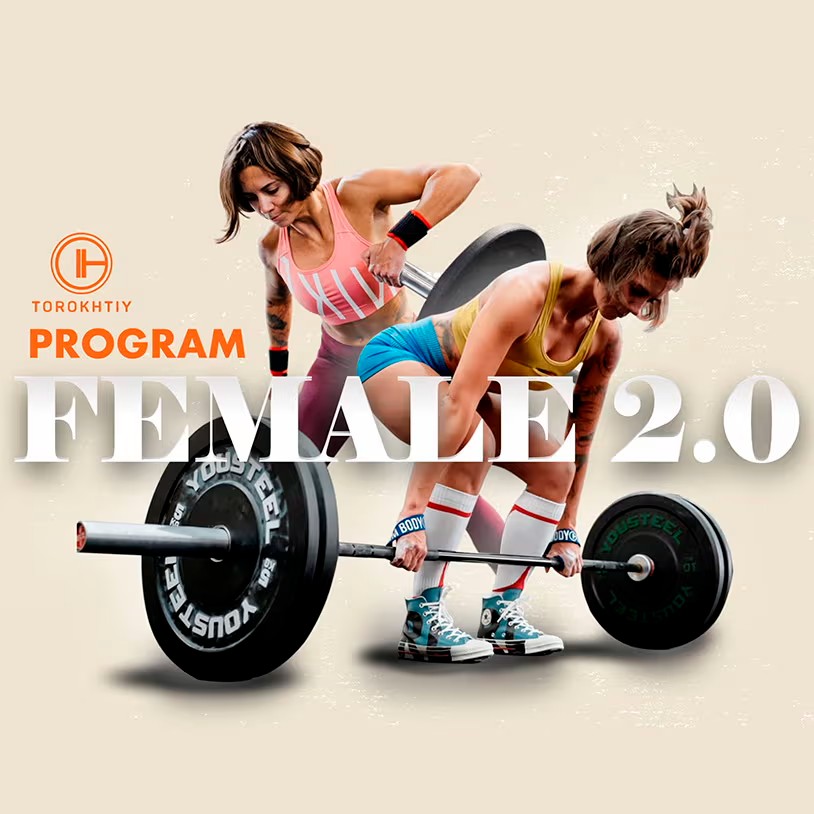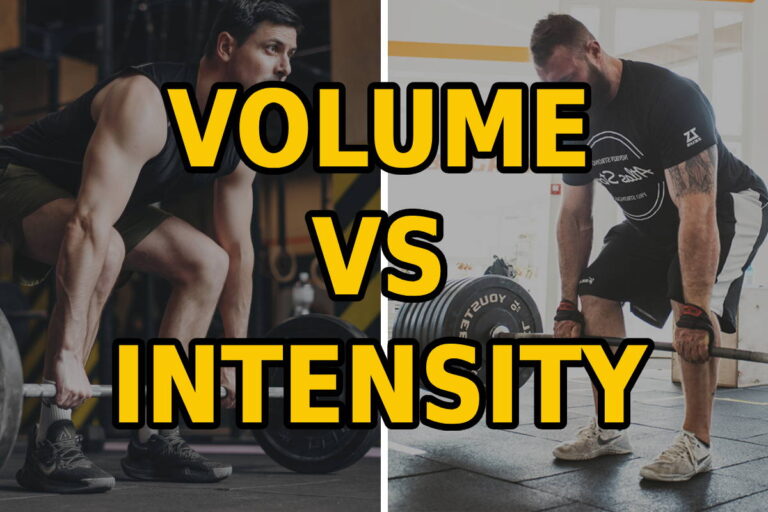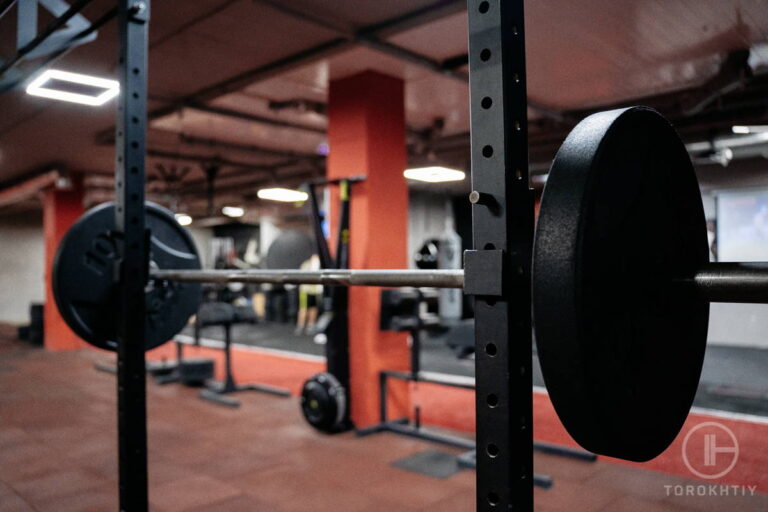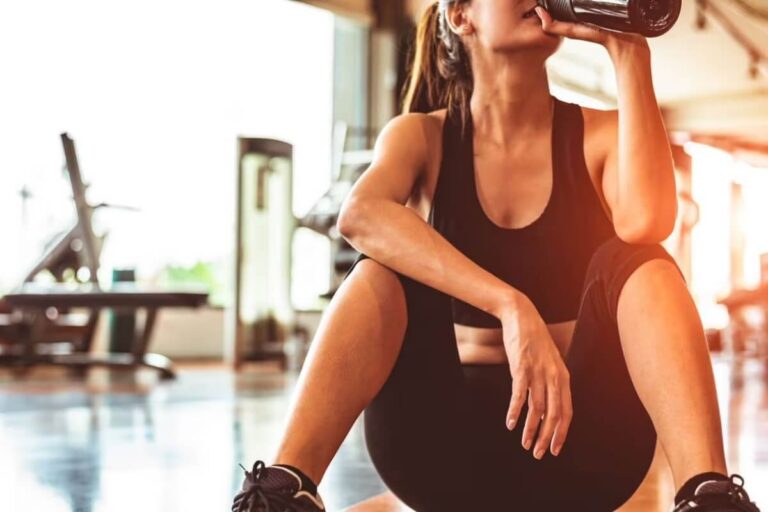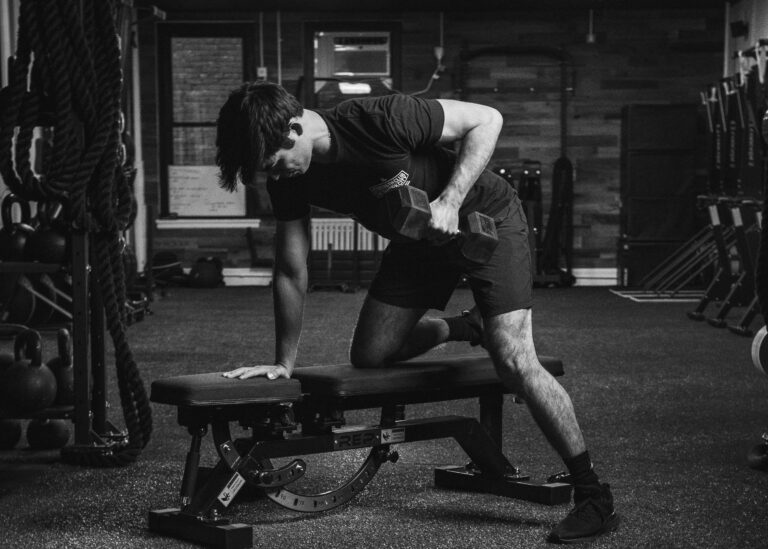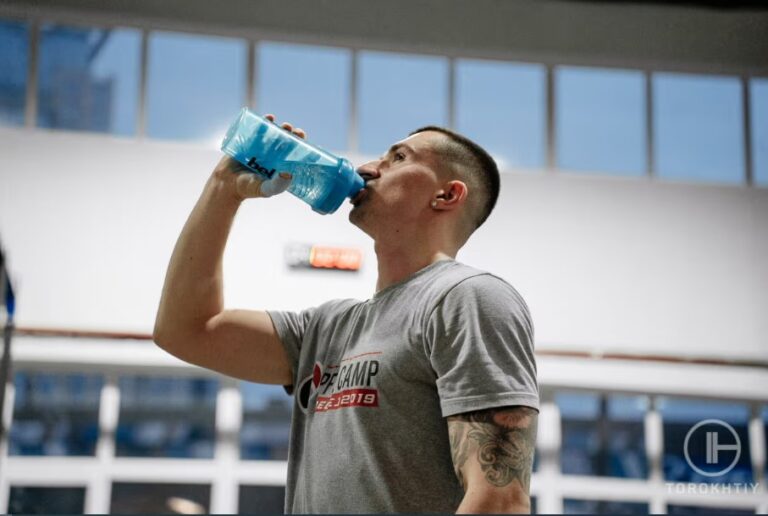Female Training Peculiarities
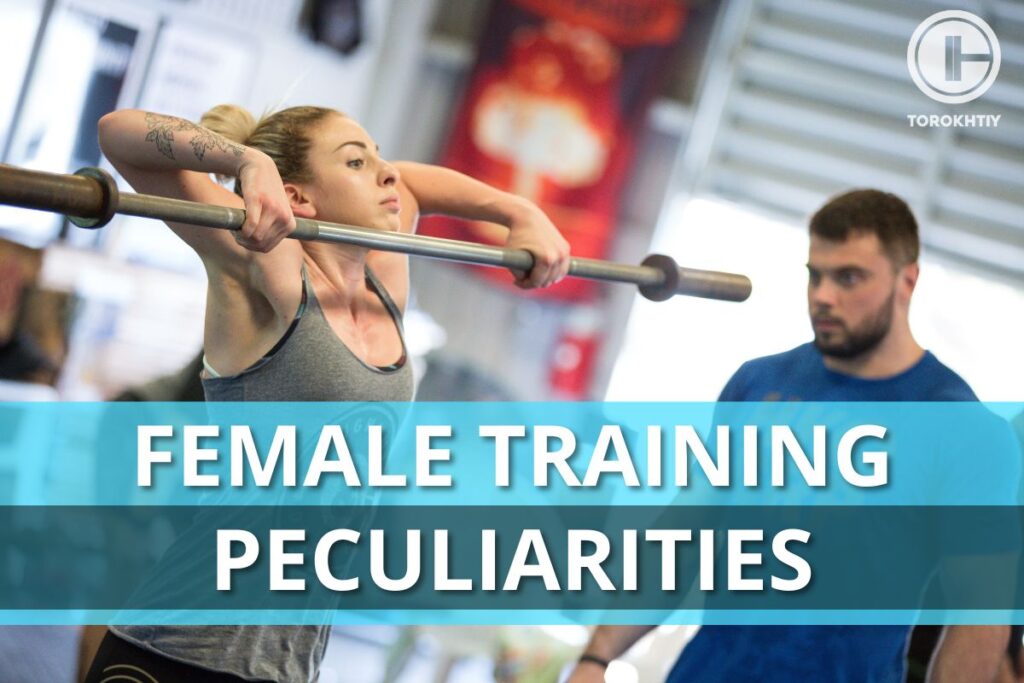
The world records dynamics in the Olympic weightlifting, as well as an increase in the number of girls training in this sport and in functional fitness, indicates that this trend is actively growing and gaining popularity. Read about the importance of taking into account the female body systems peculiarities in this article.
When I started practising weightlifting, female weightlifting competitions were already in the Olympic Games program, although then, in early 2000, it was still perceived as something exotic and few people assumed that this sport would be successful and popular among women one day.
Nowadays, girls who technically perform snatch and clean&jerk, don’t only look adequate, but are also pretty attractive, exceeding sometimes the results of many guys.
It is pleasant to note the fact that today weightlifting, as an independent sport and as a component of functional fitness, is an absolute trend among girls who love iron body training.
Given this trend, I would like to remind both trainers and athletes, the main features of the female body functioning, which must be considered when building training programs.
The main differences between men and women are the difference in body size, the strength ratio and limbs length, the nervous and cardiovascular systems peculiarities, as well as the ovarian-menstrual cycle presence, which affects female functional status and performance.
The duration of the menstrual cycle lasts on average 21-35 days and it consists of 5 phases:
- menstrual (duration 3-5 days);
- postmenstrual (7-9 days);
- ovulatory (2-3 days);
- postovulatory(7-9 days);
- premenstrual (3-5 days)
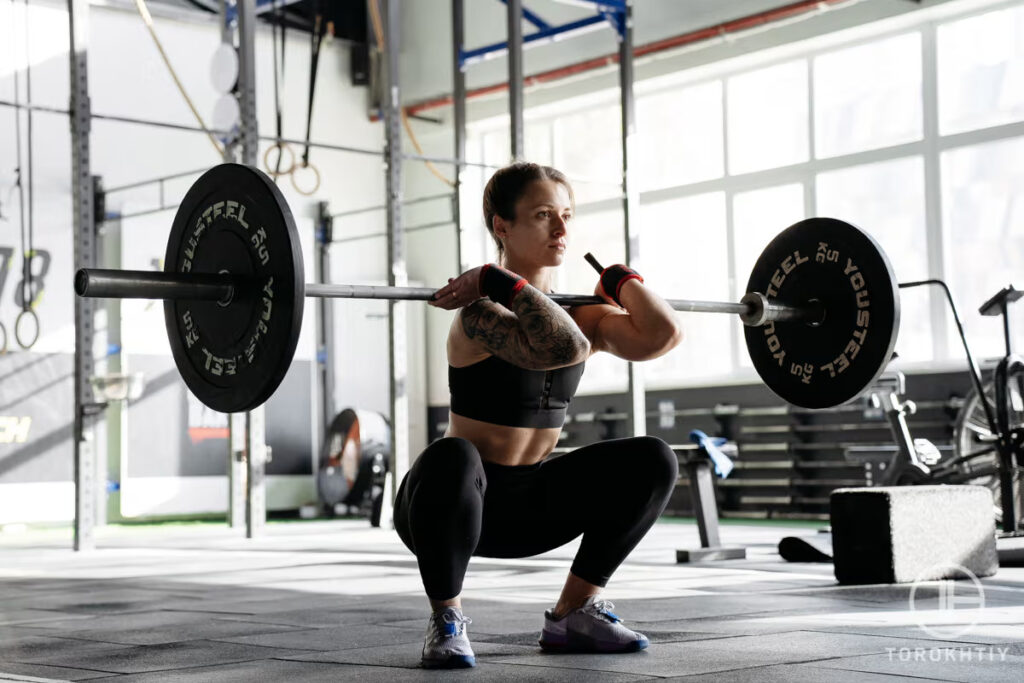
Women’s performance depends on these phases. This fact must be taken into account when planning loads for beginners and professional athletes. In the ovulatory phase, women’s performance is the lowest, so during this period it is necessary to reduce the load, especially on the abdomen and legs muscles. It is also not recommended to learn new difficult-coordination technical elements due to the reduced concentration of the nervous system. At the same time, in order to optimize the training process program, it is permissible to perform exercises in lightened conditions or to work out certain movements phases with a small load, for example, snatch balance, snatch high-pull from one block, hang power clean.
The best performance is observed after the menstruation ends (5-11 days) and after ovulation (16-25 days of the cycle). Therefore, the second part of the cycle is the best period for the strength and flexibility development. When it comes to trainings during menstruation, it is recommended to reduce the amount of strength training.
As for professional athletes, according to many studies, as a result of many years of adaptation, quite often there is no marked change in performance indicators. Therefore, the decision on the implementation of the full training load or its reduction should be made individually.
Male and female power capabilities differences mainly depend on body size differences and more precisely on the volume of muscle mass. The total muscle strength in women is approximately 70% of this indicator in men. This difference is most noticeable in the period from 16 to 30 years. At the same time, during the period of puberty and after 40 years this difference is minimal, which indicates the involvement of sex hormones in the process of developing muscle strength. The most active muscular strength grows from 20 to 30 years, but in women it grows 50% slower than in men.
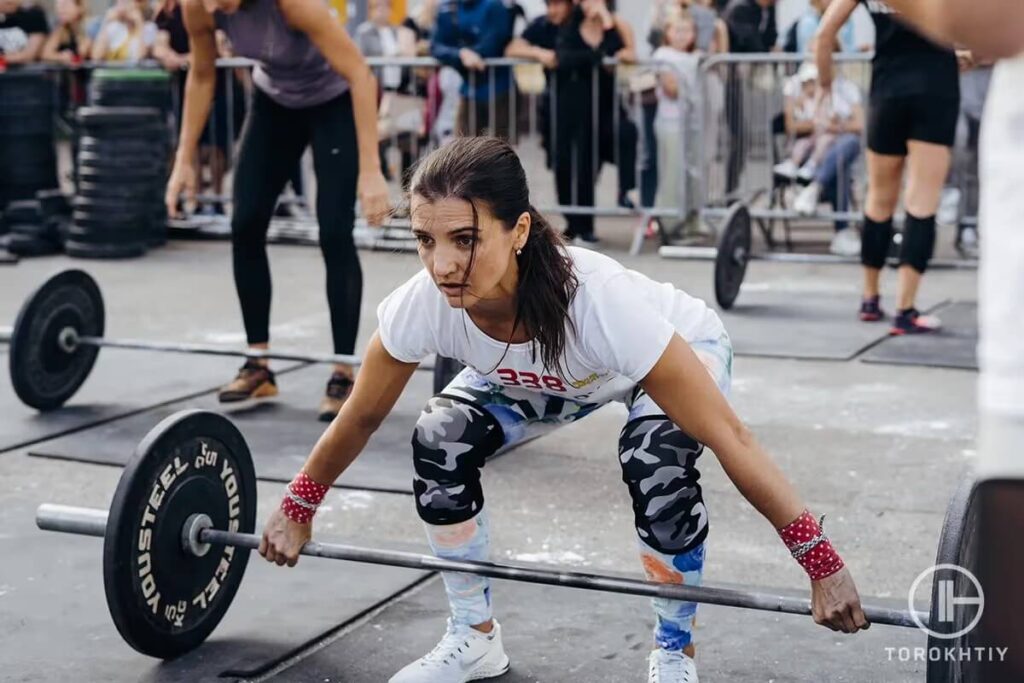
Female arms and trunk muscles are relatively weaker, their maximum strength is 40-70% of the male strength, and the maximum legs strength is only 27% less. The ratio of fast and slow muscle fibers in untrained women and men is the same, although the length of the muscle fibers in women is on average less than that of men.
The composition of the female body weight differs from men in fat content: on average, 30% in women, 20% in men. The absolute amount of fat in women is bigger comparing to men by about 4-8 kg. The fat-free body mass weight, which consists of muscles, bones and internal organs, in women is 15–20 kg less than in men. In trained athletes, the fat mass is less than in untrained women, but even in female athletes it can only reach the level of untrained men. In adult males, muscle mass is 40–45% of body mass and in females it is about 30%. Strength training stimulates muscle growth in women is significantly less than in men. This is due to the lower concentration of sex hormones in women.
The female nervous system has a higher excitability than the male one. Therefore, women almost every day are able to lift weights 90% and more in snatch and c&j, which is practically impossible for men.
At the same time, the volume of a woman’s heart is 10–20% less than that of a man and the frequency of breathing and heart rate is higher. Therefore, the recovery period after high-volume workouts is longer.
🔻Weightlifting Program for Women (12 Week)
Transform your strength with our 12-week Olympic Weightlifting Program for Women, designed by Olympian, World, and European Champion Oleksiy Torokhtiy.
Three focused periods, from general preparation to peak performance, ensure you’re equipped for success.
Program details:
- 12 weeks + 2 bonus weeks;
- 5 days / week;
- 45-120 minutes per session;
- 50+ specific exercises;
- Primary focus on Olympics Lifts;
- Full access to all training content.
Start now and boost your weightlifting results!
The female spine is longer and the limbs are shorter than in men. The state of the bone and muscular systems of a woman is due to genetic factors, among which the main ones are: the body and limbs length ratio and the pelvis structure. These features affect their biomechanics. On the one hand, technical actions of women are less economical, on the other hand, shorter limbs and gravity low center contribute to the mechanics of speed-strength exercises and the ability to maintain balance.
I am pleased to note that the dynamics of world records in Olympic weightlifting, as well as an increase in the number of girls exercising in this sport and in functional fitness, suggests that this trend is actively developing and gaining popularity.
Summing up, I want to remind everyone that coaches need to take into account the peculiarities of the female body systems functioning, the differences from the training men during the training programs construction.
From the materials of my future book.
Train together – train right
You might be interested in:
Why Trust Us?
With over 20 years in Olympic Weightlifting, our team does its best to provide the audience with ultimate support and meet the needs and requirements of advanced athletes and professional lifters, as well as people who strive to open new opportunities and develop their physical capabilities with us.
By trusting the recommendations of our certified experts in coaching, nutrition, dietology, and sports training programming, as well as scientific consultants, and physiotherapists, we provide you with thorough, well-considered, and scientifically proven content. All the information given in the articles concerning workout programming, separate exercises, and athletic performance, in general, is based on verified data. We ensure that you can rely on our professionals’ pieces of advice and recommendations that can be treated as personalized ones which will benefit you and fully meet your needs.
The product testing process is described in more detail here
Author: Sergii Putsov
Head of Sport Science, PhD
Best Results: Snatch – 165 kg,
C&J – 200 kg
Sergii Putsov, Ph.D., is a former professional weightlifter and National team member, achieving multiple medals in the 94 kg weight category at national competitions. With a Master’s degree in “Olympic & Professional Sport Training” and a Sport Science Ph.D. from the International Olympic Academy, Greece, Sergii now leads as the Head of Sport Science. He specializes in designing training programs, writing insightful blog articles, providing live commentary at international weightlifting events, and conducting educational seminars worldwide alongside Olympic weightlifting expert Oleksiy Torokhtiy.

